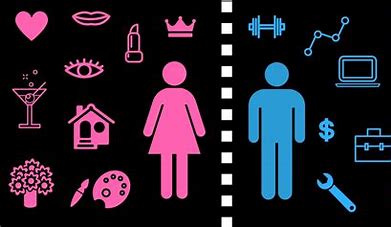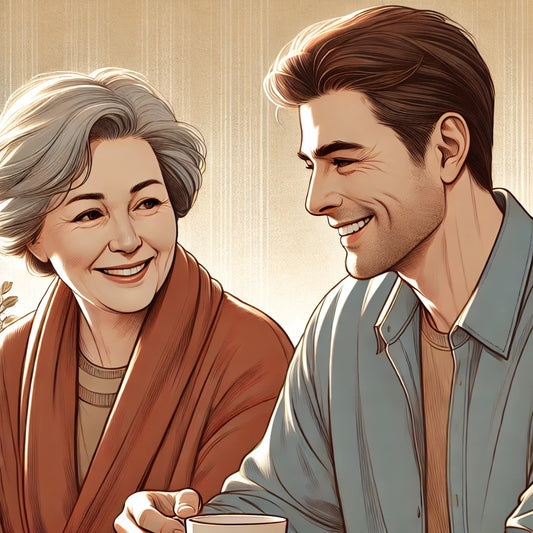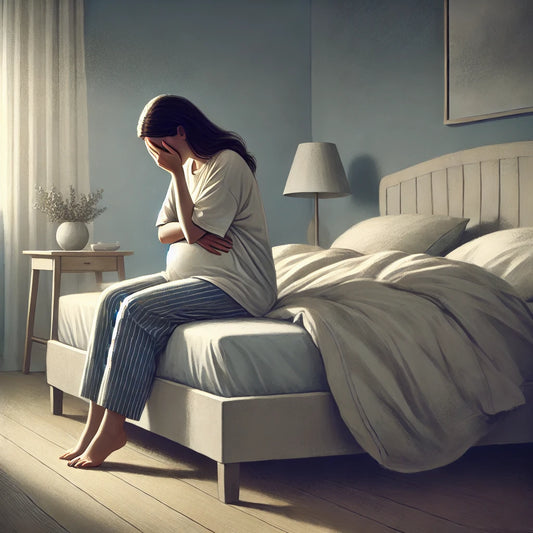Introduction: Unveiling the Truth Behind Sexual Desire
Sexual desire is a deeply personal and intricate facet of human existence, yet it's often overshadowed by broad generalizations and stereotypes. One such stereotype suggests that men are inherently more inclined towards sex than women. In this blog, we'll embark on a journey to unravel the complexities of sexual desire and challenge these rigid gender assumptions.
The Myth of Dichotomy: Desire Beyond Gender
1. A Rainbow of Desires: Sexual preferences and desires are not confined to binary gender distinctions. Men, women, and individuals across the gender spectrum exhibit a vast range of desires, shaped by their unique biology, upbringing, experiences, and identities.
2. Societal Pressures and Cultural Influence: Societal norms dictate that men express their desires openly, while women may feel compelled to suppress their desires due to unrealistic gender expectations. These societal constructs overshadow the true diversity of sexual inclinations.
3. Emotional Dimensions of Desire: Research indicates that women often value emotional intimacy and connection as integral aspects of sexual satisfaction. This emphasis on emotional depth is sometimes misinterpreted as lower sexual desire when, in reality, it's a distinct facet of diverse desires.
Deconstructing Stereotypes: Navigating the Landscape
1. Desire and Frequency: Studies suggest that, on average, men may report slightly higher levels of sexual desire and frequency compared to women. However, these averages fail to capture the intricate tapestry of individual experiences.
2. Beyond Averages: Variability Within Genders: A deeper examination reveals that the variability within each gender is often more substantial than the average differences between genders. This underscores the importance of acknowledging and respecting individual experiences.
3. The Ever-Changing Nature of Desire: Desire is not a static force but a dynamic phenomenon that can ebb and flow due to hormonal changes, life circumstances, health, and evolving relationships.
Celebrating Diversity: Embracing Fluidity and Openness
1. Embracing Complexity: Realizing that desire is multifaceted challenges the simplistic gender stereotypes perpetuated by society. Every individual's journey with desire is unique, defying any predetermined expectations.
2. A Call for Open Conversations: Embracing a nuanced understanding of desire encourages open, honest, and nonjudgmental conversations about sexual preferences, needs, boundaries, and consent.
3. Breaking Stigma, Fostering Growth: Discrediting stereotypes around sexual desire contributes to the destigmatization of sexuality, fostering healthier attitudes and more meaningful connections.
Conclusion: A Diverse Tapestry of Desire
Sexual desire is a rich mosaic, woven from the threads of individual experiences, biology, culture, and emotions. Defying gender stereotypes, it's a testament to the complexity of human nature. Let's break free from limiting assumptions and embrace the beautiful spectrum of desires that make each of us wonderfully unique. Remember, our experiences can't be painted with broad strokes—instead, they flourish in the kaleidoscope of diversity that is the human experience.





